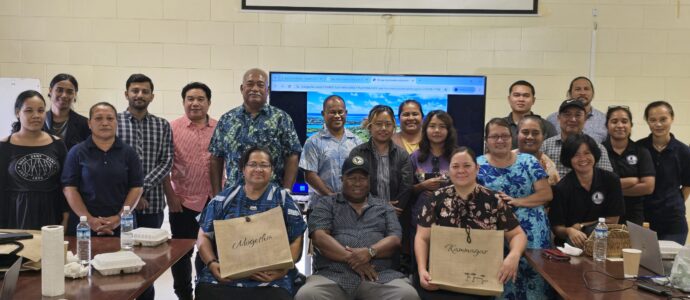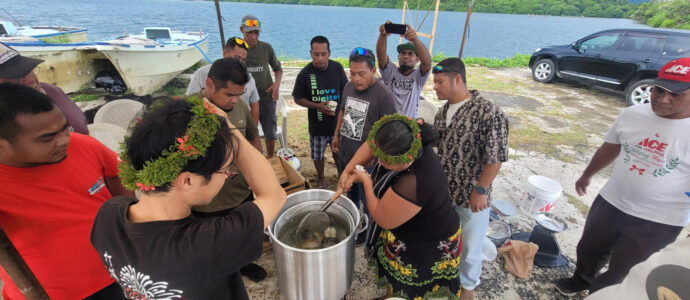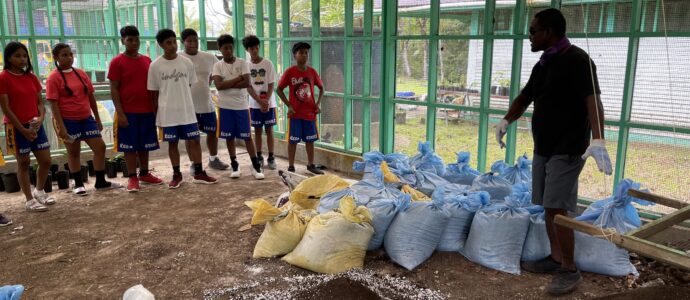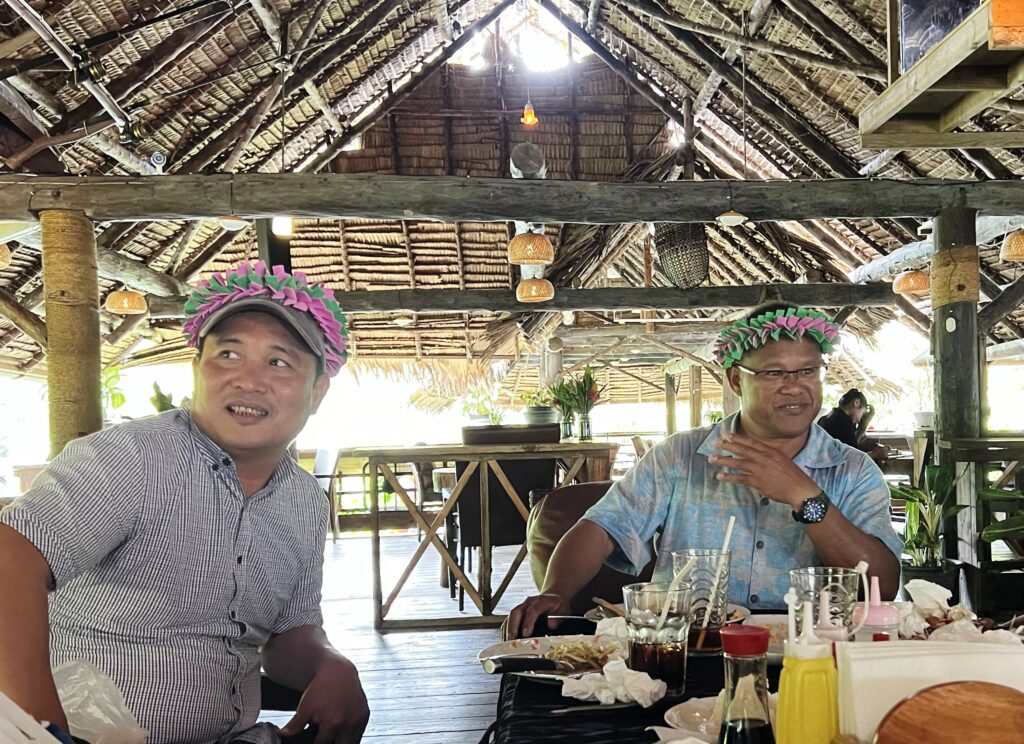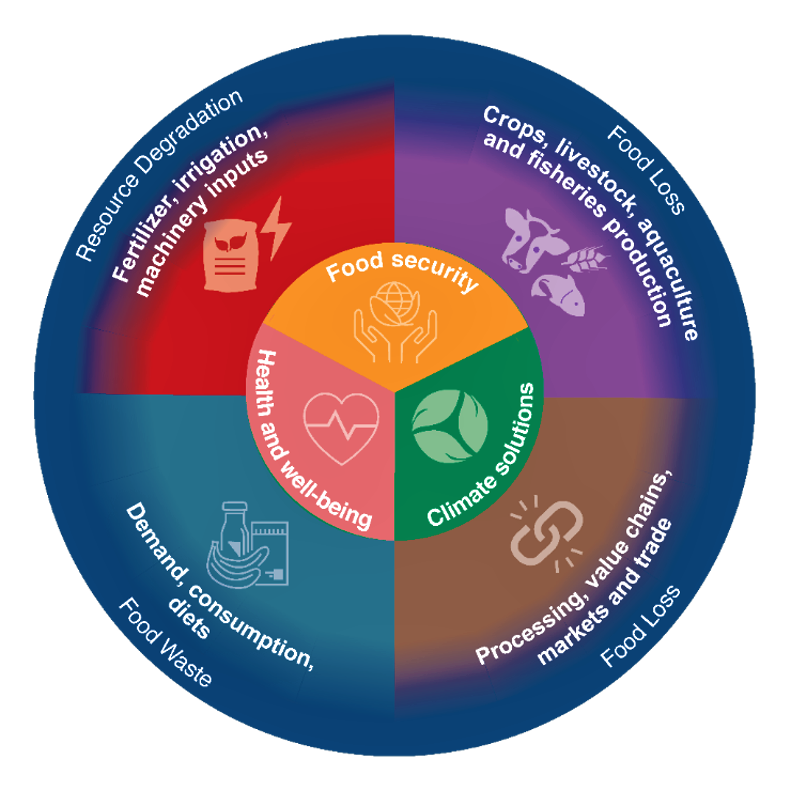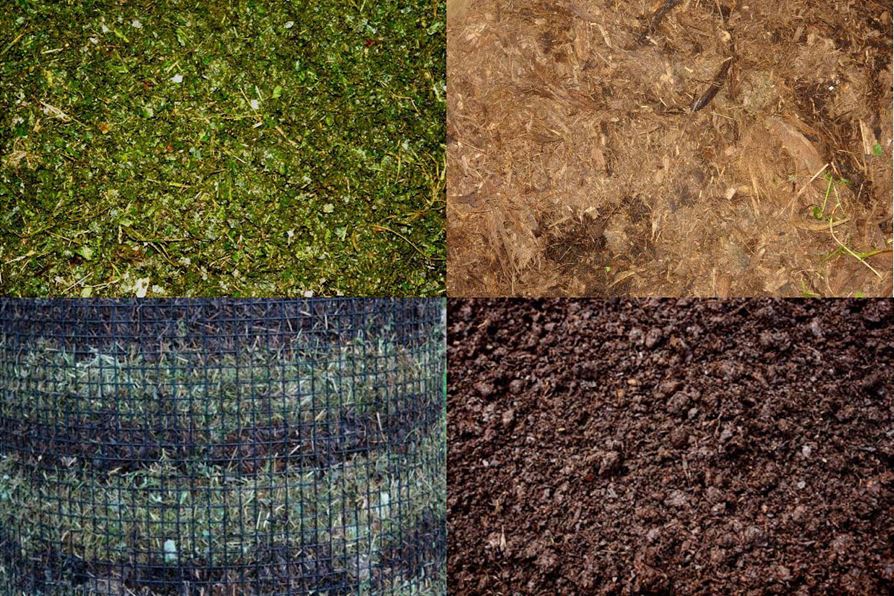COM Land Grant Executive Director Stanley Lorennij meets the administrator of the Office of the Fisheries and Aquaculture, Pohnpei State, Mr. Dakher Abraham, on October 16, 2023, at his office in Kolonia, Pohnpei. During the courtesy call, the COM Executive Director discussed with the Administrator the commitment of the COM Land Grant Aquaculture program to fulfill the needs of Pohnpei State. He offered full cooperation to the efforts of the OFA to further develop aquaculture in Pohnpei State. Dr. Manoj Nair, Director and Chief Scientist of Aquaculture, also attended the meeting.

Executive Director Stanley Lorennij (left) with OFA Administrator Mr. Dakher Abraham (right)

